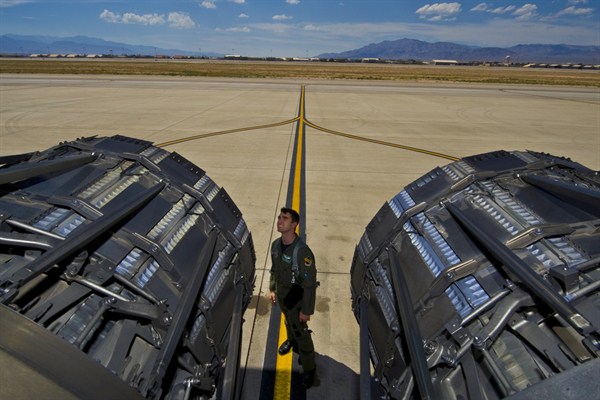American security strategy often twists and shifts. The White House changes hands; partners come and go; enemies emerge and fade; and threats rise and fall. But throughout all the change, there are constants, and none are more enduring than a preference for indirect applications of military force, particularly airpower.
There are good reasons for this. Relying on airpower, rather than direct methods that put U.S. troops in close proximity to enemies, lowers American casualties. Airpower exploits America’s technological superiority. And it’s easier to disengage, should things go badly, if the United States does not have troops on the ground. Aircraft can fly away from a losing cause without seeming to retreat or surrender.
Because of this, airpower has long been a foundation of American military power. The problem, though, is that U.S. airpower is so good at what it does accomplish that policymakers and the public can lose sight of its limitations. Too often Americans expect more than airpower can deliver, using it to seek the sort of decisive results that only come from a direct application of force. The result is endless frustration, which in turn fuels calls for U.S. disengagement from the world. To avoid this vicious cycle, American military leaders, policymakers, political leaders and opinion-shapers must be clear on what airpower can and can’t do.

